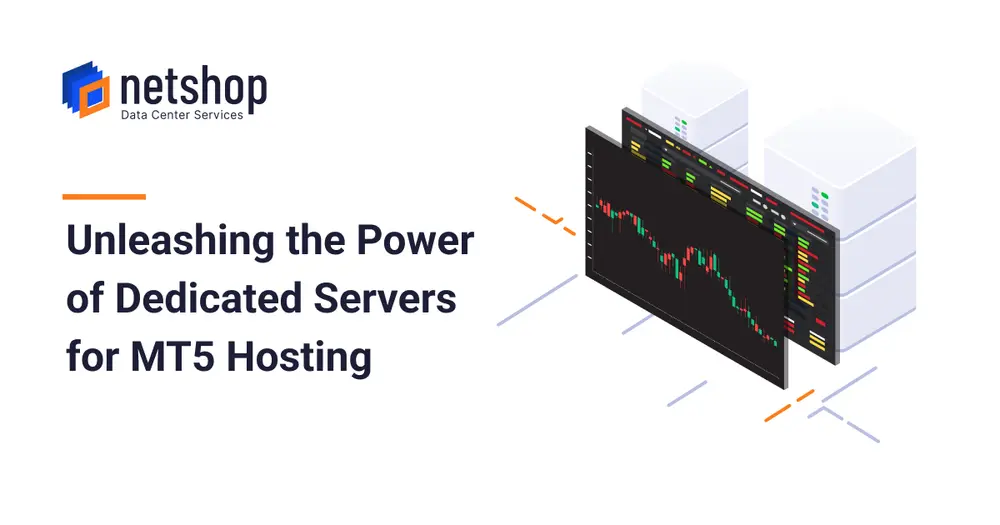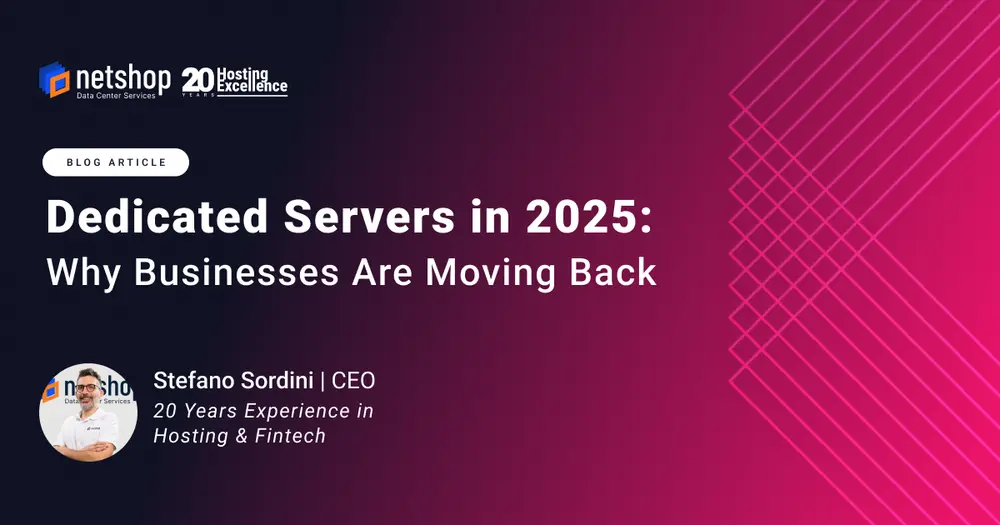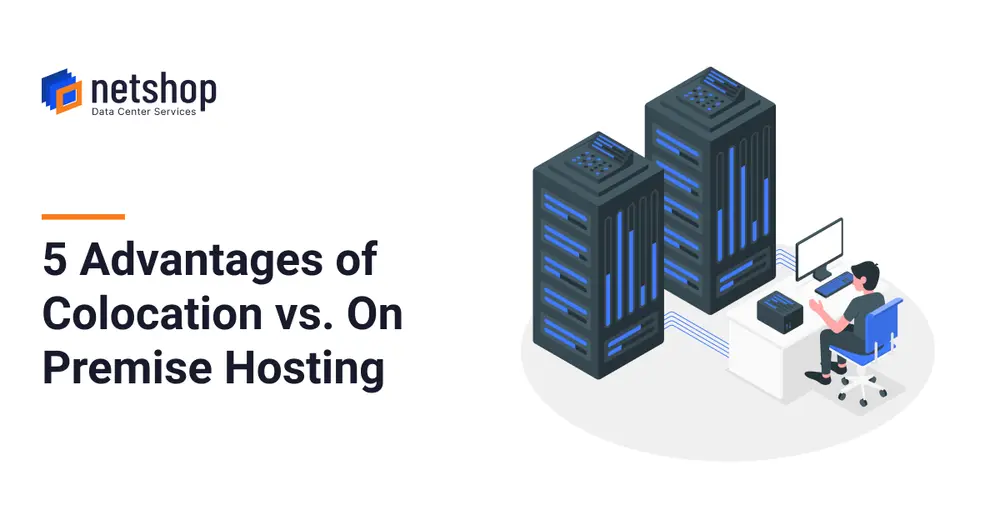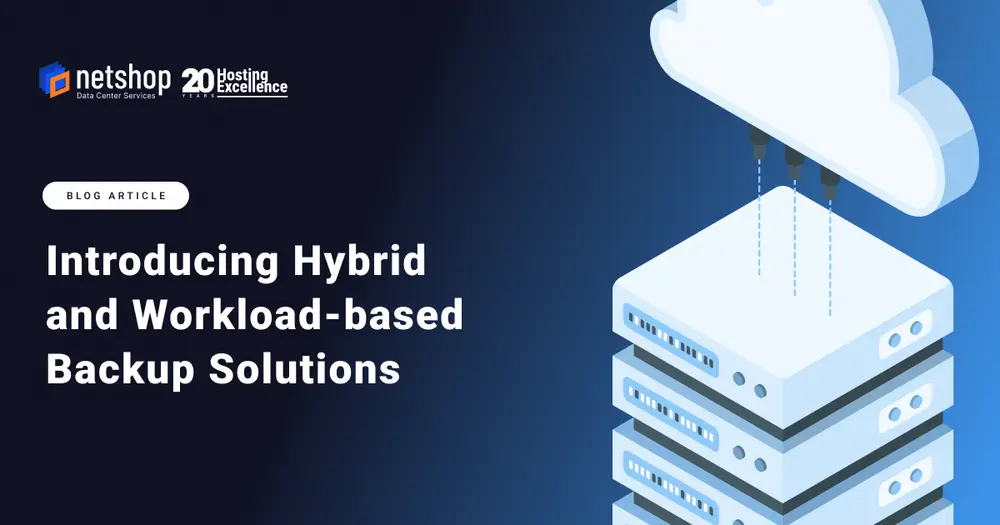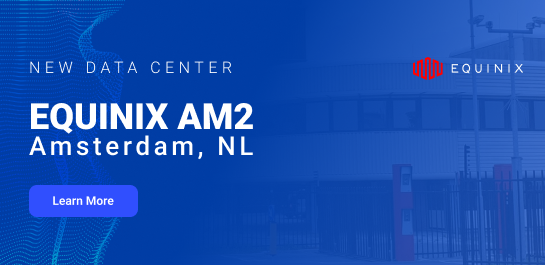With people becoming more mobile and digital, there is a need for more data centers in the future. For now, the available ones still hold. Eventually, though, a data center might be needed in every major city in order to cope with the demand. The increase in the need for these online data storage banks is tantamount to the growth of the internet—in terms of power and speed.
The increase in internet speed and the expansion of internet power entail that more people will be using the digital information and communication facilities. As in the case in South Korea, it has the fastest internet connection in the world. As a result, over 97% of the nation’s young people, those aged 18 to 24, are connected. They have smartphones and most of their activities are done on their smartphones. They even watch television shows on their mobile phones while they are mobile. This way, they can enjoy their favorite shows while they are on the train or while waiting for business transactions.
Cyberculture and data center
South Korea may be well ahead of the cyberculture game but it doesn’t mean that the other nations will not be catching up. In fact, technologically advanced countries like Japan, United States, Israel, Germany and Russia could be close behind. By the time they are in South Korea’s position, the Land of the Morning Calm would have already breezed ahead.
But that is not the point. The point is that people will be asking more and needing more of internet’s power and speed as time goes by. This will also mean that more data centers will be needed in the future. That is also telling about how people’s lives are changing. Actually, it’s more like evolving. People’s needs get more profound and would only be resolved with a more sophisticated solution.
People are getting more dependent on their smartphones. They take photos on their cellphones, they use mobile applications on their smartphones, read emails on them and sometimes even do work on their mobile devices. But then we can’t keep everything in the device because it will be full and it won’t be able to take in more files. That is why we have data centers so we can keep everything without maximizing the space in our devices.
Data centers around the world
According to records, there are over 60 data centers in Africa. This is directly connected to the increase in internet users of the continent. In just one year, the internet users in Africa rose by 81%. In the United Kingdom, there have been over 250 data centers, more than a third of which are in London. The number of data centers in the U.S. is staggering: over three million. And it is only expected to increase.
There are no specific requirements when it comes to data centers. There is no required size. A data center can be as small as a single room of the house. Or it could be a multi-room structure. Some could even be an entire building. But no matter the size, the importance remains the same. The modern digital world is dependent on these data centers—from personal data to data belonging in business entities whether they are in finance or legal.
Data centers need to be data-centric, according to Forbes. According to the report, data centers are more compute-centric rather than focused on the data.
Looking back
The earliest data center dates back to the 1940s. Back then they were called computer rooms. It also involved complex cables that attach the different computers and systems to the power source. During this time, though, most of the types of information needed to be stored are for security and military purposes. They were mostly confidential in the general sense.
Managing or operating a data center is not going to be easy. It is in fact very complex with a lot of layers. People have to be technically adept in order to manage a data center. Security also needs to be top-notch and a lot of power is needed in order to ensure that the entire system will work properly.
